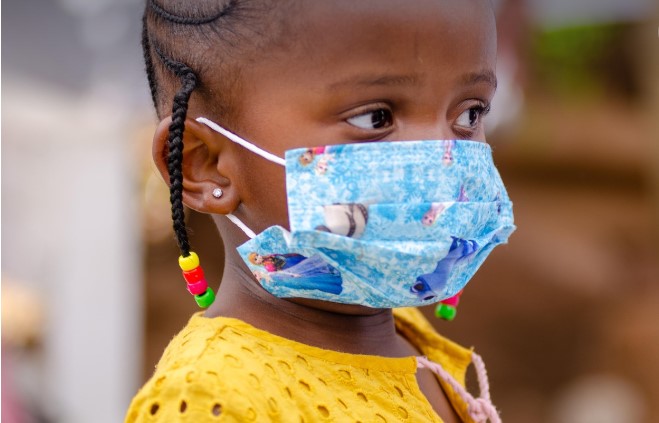Written by Tanya Terry, with featured photo from Pixabay
In the United States, sickle cell disease affects 100,000 individuals, with 9 out of 10 of those affected being of the African American or Black ethnicity, according Lori Billis, MD, market medical director for Michigan HAP Care Source.
“A lot of that has to do with where it originated in Africa, the Mediterranean and Central and South American and the South Asian countries,” Billis explained.
She added many people who migrated may have not had sickle cell disease, but they carried the trait.
Since newborns are typically screened for sickle cell disease in the hospital, it is normally identified near birth.
“If mom or dad, or both of them know they carry the trait there is diagnosis earlier on with pre-genetic testing that is available,” Billis said.
HAP CareSource’s program currently supports over 60 children and adults and is showing success in treatment engagement and medication adherence, including:
- 82% of eligible members opting for hydroxyurea (a treatment that reduces crises) compared to 14% in 2023 (+68%)
- 67% of eligible members opting to receive preventive antibiotics compared to 50% in 2023 (+17%)
- 100% of eligible members receiving recommended transcranial Doppler screenings compared to 55% in 2023 (+45%)
Billis said the above metrics refer to individuals ranging from 0-18 years old.
She added that adult members who have sickle cell are still engaged with HAP CareSource’s case management, but don’t receive a Doppler screening yearly or take a daily antibiotic. She stated there are certain age groups and parameters for those.
Care for adults includes a lot of preventative care and education, with a heavy focus on nutrition, getting appropriate vaccinations since they are at risk for infection, being aware of and treating vitamin deficiencies, making sure they dress warm in cold weather and staying hydrated, for example.
Some do take hydroxyurea, which Billis stated is one of those treatments that helps the red blood cells to not sickle as much.
Hydroxyurea, which is also used to treat cancer, can help prevent or slow down damage to the organs, according to the American Society of Hematology. According to the organization’s website, hydroxyurea makes the red blood cells bigger. It helps them to stay rounder and more flexible – and makes them less likely to turn to a sickle shape, it also stated. So, the treatment, indirectly helps deliver more oxygen to the end organs.
“It’s the first line treatment to help with this because this really helps reduce those pain crises that may cause ER visits, urgent visits or hospitalizations if they’re not controlled.”
Preventive daily antibiotics are given to children 0-5 years old.
“Their system is not strong as adults’. They’re at risk of infection, but having underlying sickle cell can really put you at increased risk of infection. So, really this is to sway off those pneumonias, any type of sepsis and to prevent infection, keeping you out of the hospital, keeping you without any end effects or consequences of those infections.”
A Doppler screening is recommended for children ages 2-16 because children with sickle cell disease have an increased risk of having a stroke.
“What this is is prevention of strokes. So, what they’re doing is doing a Doppler of some of the vessels in the brain…They are looking at the blood flow through these arteries. When it’s higher or lower-when it’s abnormal, it could be an early sign that maybe there is more sickling going on, maybe there’s an inclusion in the vessel, is there severe anemia, low blood count that could put this individual at risk for a stroke. Depending on what it is, they’ll do different follow-ups, but also treatments can be like a prophylactic or a blood transfusion to get more blood that’s not sickled into their body, to carry that oxygen and for better flow, not to have that stroke and have those debilitating consequences.”
Besides helping children and adults with sickle cell disease with prevention of and treatment for the disease’s symptoms, HAP CareSource is heavily involved in community outreach. Learn more at https://www.caresource.com/mi/about-us/medicaid/ or https://www.caresource.com/mi/plans/.

